Jules Bianchi crash: questions for F1 as driver fights for life
Marussia driver unable to breathe unaided after colliding with crane in heavy rain in Japan
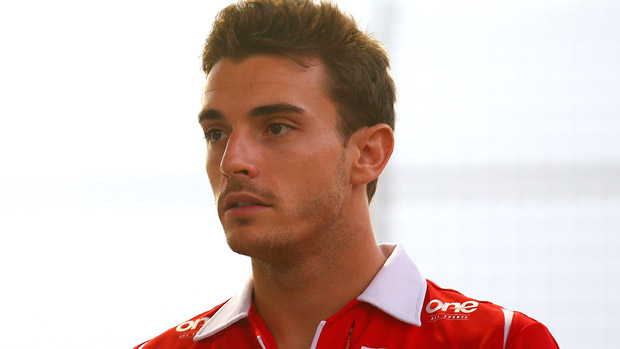
F1 driver Jules Bianchi remains critically ill after suffering a serious head injury during the Japanese Grand Prix.
The 25-year-old Marussia driver was badly hurt in the 44th lap of the race when his car collided with a rescue vehicle that was by the track following an earlier crash at Suzuka. The race, which had been badly affected by rain, was abandoned after the incident with British driver Lewis Hamilton declared the winner.
However, Hamilton, like his colleagues, was more concerned about the condition of Bianchi than the race itself as the Frenchman underwent three hours of surgery after being taken to hospital while still unconscious.
The Week
Escape your echo chamber. Get the facts behind the news, plus analysis from multiple perspectives.

Sign up for The Week's Free Newsletters
From our morning news briefing to a weekly Good News Newsletter, get the best of The Week delivered directly to your inbox.
From our morning news briefing to a weekly Good News Newsletter, get the best of The Week delivered directly to your inbox.
Bianchi is fighting for his life in intensive care and, contrary to some reports, is not breathing unaided, says Sky Sports.
What happened?
The whole race had taken place in wet conditions but after around 40 laps the rain began to get heavier. On lap 43 Sauber diver Adrian Sutil aquaplaned at the Dunlop corner, described by Andrew Benson of the BBC as "a fast uphill left-hander, which essentially forms the very last part of Suzuka's Esses, regarded by many drivers as the most demanding section of track in the world".
Sutil's car hit a tyre wall and a crane was sent out to recover it as race marshalls warned other cars with double waved yellow flags. However, on the following lap Bianchi also aquaplaned at the same spot and collided with the crane. "[He] effectively floated on top of the water on the track, which can easily happen with an F1 car. In such circumstances, there is nothing a driver can do," says Benson. "Pictures suggest the impact may have torn the roll-hoop off Bianchi's car, which is there to protect the driver's head."
A free daily email with the biggest news stories of the day – and the best features from TheWeek.com
How was Bianchi treated?
Medical teams were on the scene quickly and they were followed by an "extrication" team who helped remove Bianchi from the wreckage of the car. By now the race had been called off and an unconscious Bianchi was taken to the Mie University Hospital ten miles away by ambulance, accompanied by a police escort.
Usually injured drivers are airlifted from the circuit, and the Daily Telegraph says the FIA was unable to "fully" explain why this did not happen. "It seemed to be a combination of the weather and the fact that there was nowhere to land at the Mie General Hospital," says the paper.
He underwent a three-hour operation at the hospital to alleviate a subdural haematoma, caused by bleeding on the brain. He is now in a critical condition in intensive care and is reportedly breathing on a respirator.
Were conditions too dangerous?
With Typhoon Phanfone sweeping in from the Pacific, rain was an inevitability for the race. The Grand Prix began with a safety car because of the conditions and despite a let-up in the weather midway through the race the rain was falling hard at the time of the crash. William driver Felipe Massa, the last F1 driver to suffer a serious injury when he fractured his skull in 2009, said he was "screaming" about the conditions.
"I was already screaming on the radio five laps before the safety car that there was too much water on the track," he said.
The race was held in the afternoon and "could have been brought forward to avoid the worst of the conditions", says Paul Weaver in The Guardian. "The FIA is understood to have suggested this, but was blocked by the local organisers. Advancing the race by a day would have created chaos for race fans with flight and hotel bookings but starting a few hours earlier could have made all the difference."
Should the race have been stopped earlier?
"Sutil's spin-off at an infamous section of the track was a warning conditions were becoming hazardous," says Weaver. "And there was trouble on the same corner the last time a wet race was held here in 1994." But Daniel Johnson of the Telegraph says it was "not totally undriveable".
What else could have been done?
The BBC notes that the accident was caused by a combination of "worsening rain, fading light, a small run-off area, [and] a driver losing control despite waved caution flags". The two main issues appear to revolve around why the crane was so close to the track and Bianchi's head protection. "Cars are designed to be survival cells, yet there is a single weakness, a weakness so devastating and underlined so horrifically yesterday," says Kevin Eason in The Times. "It is a fact of single-seater racing that the only vulnerable part of the body is the head and this accident will quicken the debate over whether cockpits should be designed into future F1 cars."
-
 A luxury walking tour in Western Australia
A luxury walking tour in Western AustraliaThe Week Recommends Walk through an ‘ancient forest’ and listen to the ‘gentle hushing’ of the upper canopy
-
 What Nick Fuentes and the Groypers want
What Nick Fuentes and the Groypers wantThe Explainer White supremacism has a new face in the US: a clean-cut 27-year-old with a vast social media following
-
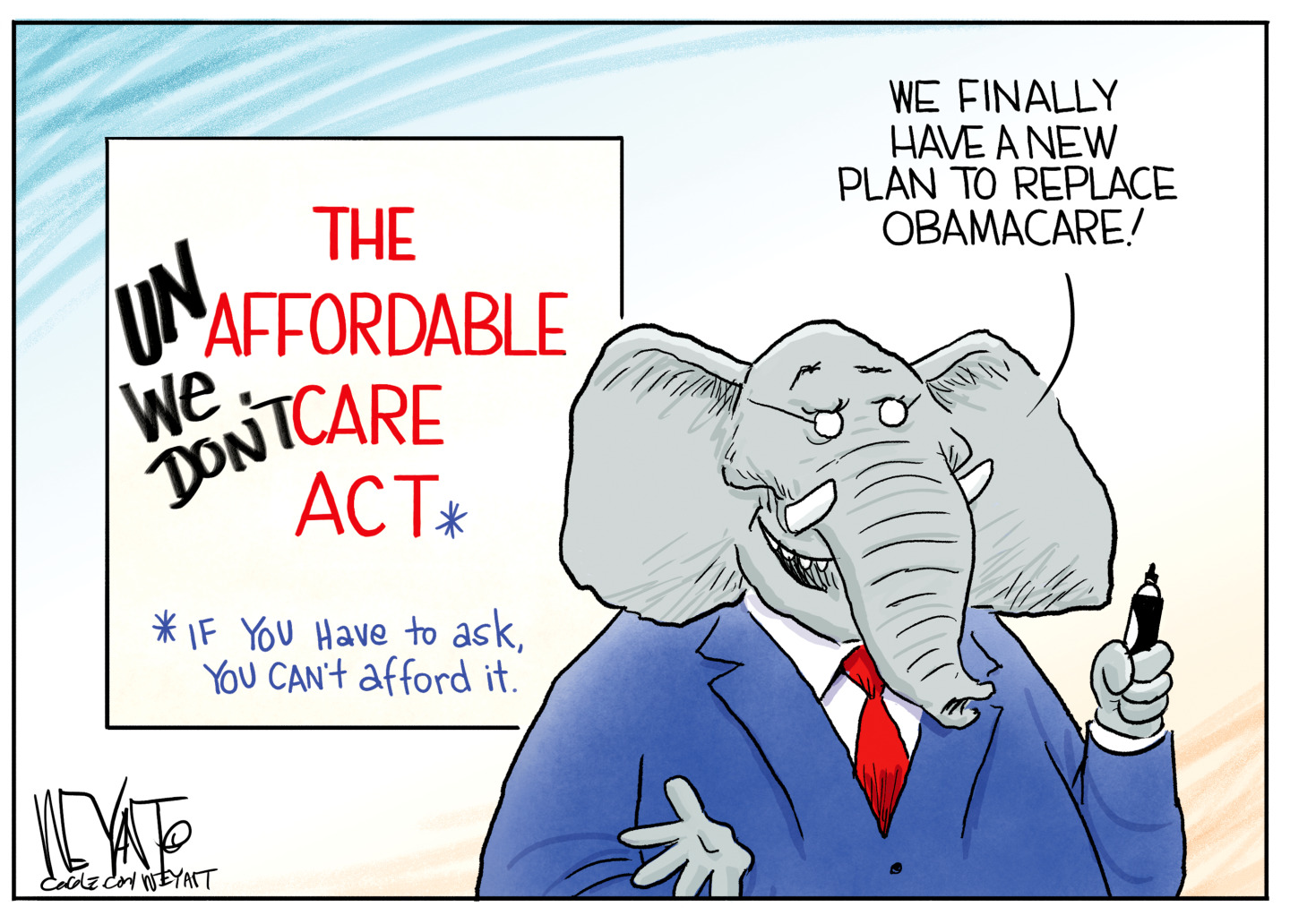 5 highly amusing cartoons about rising health insurance premiums
5 highly amusing cartoons about rising health insurance premiumsCartoon Artists take on the ACA, Christmas road hazards, and more
-
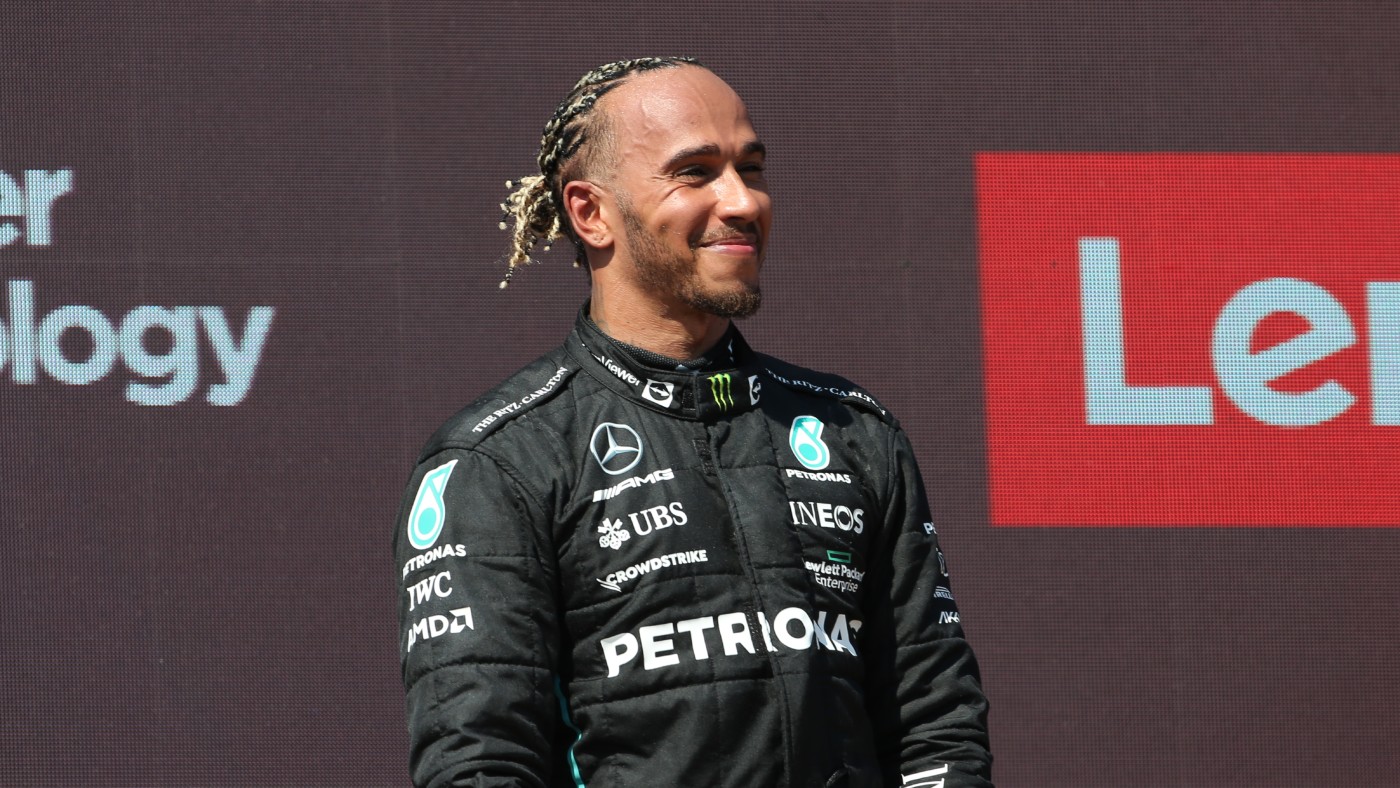 Lewis Hamilton on his F1 future: ‘I have plenty of fuel in the tank’
Lewis Hamilton on his F1 future: ‘I have plenty of fuel in the tank’Under the Radar Seven-time world champion finished second on his 300th grand prix start
-
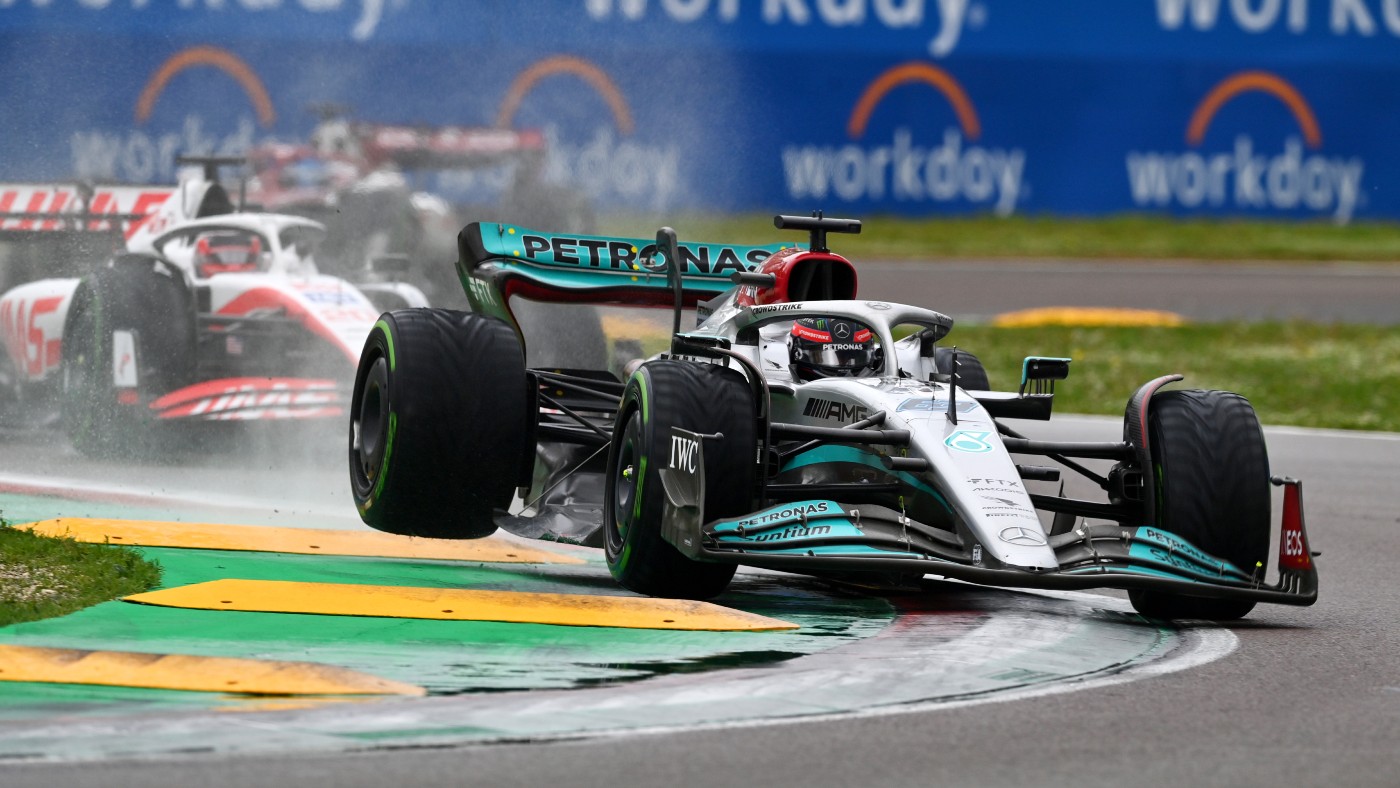 F1: a bumpy start to the season for Mercedes, Lewis Hamilton and George Russell
F1: a bumpy start to the season for Mercedes, Lewis Hamilton and George RussellUnder the Radar Only four races in and Mercedes already look off the pace
-
 Lewis Hamilton’s future: could he retire from F1?
Lewis Hamilton’s future: could he retire from F1?In the Spotlight It remains ‘unclear’ if the seven-time world champion will be on the grid in 2022
-
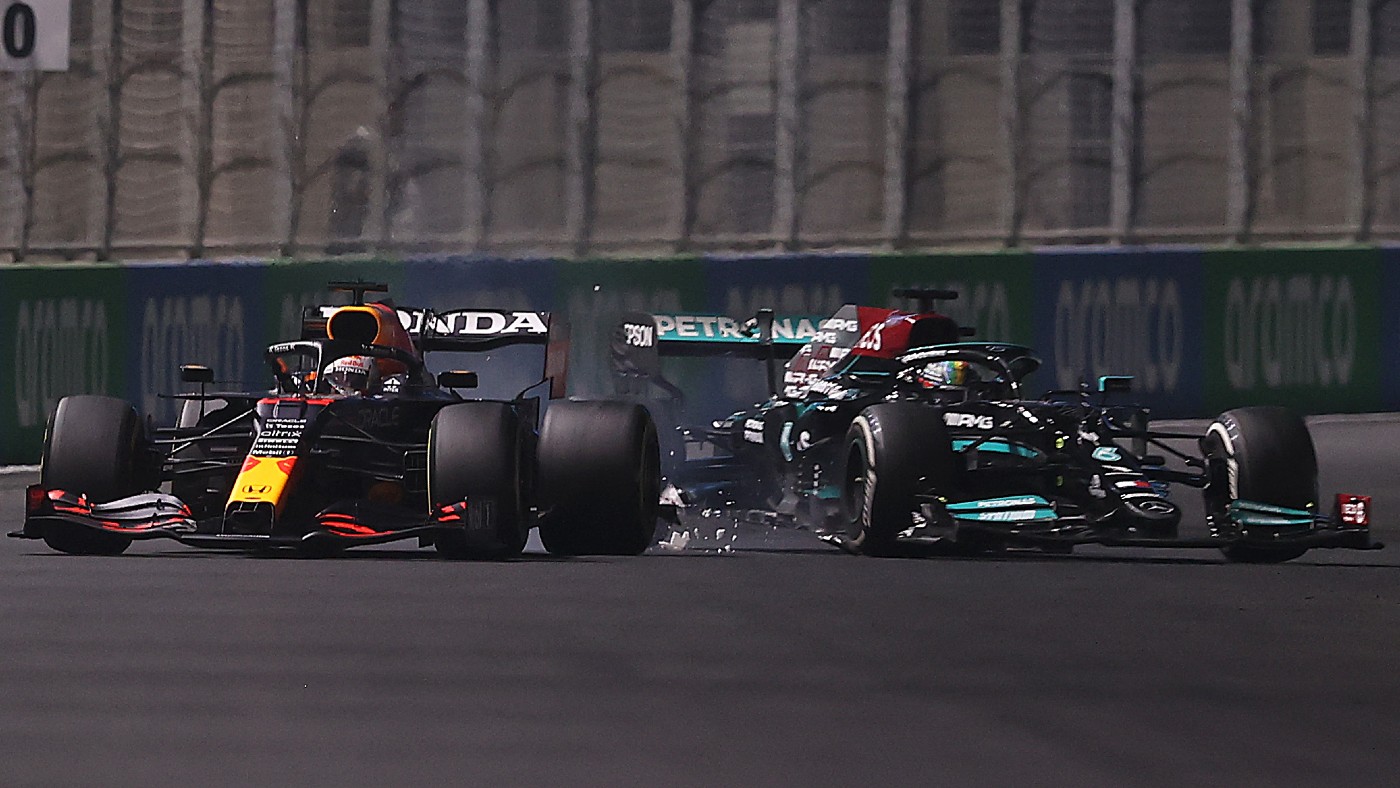 Verstappen or Hamilton: the 2021 F1 title permutations explained
Verstappen or Hamilton: the 2021 F1 title permutations explainedfeature Rivals are level on points going into Sunday’s final race in Abu Dhabi
-
 F1: Lewis Hamilton’s astonishing victory in Brazil
F1: Lewis Hamilton’s astonishing victory in Brazilfeature British driver’s win at Interlagos is surely up there with the finest of his career
-
 Lewis Hamilton’s hopes of saving F1 title fade in Texas
Lewis Hamilton’s hopes of saving F1 title fade in Texasfeature A canny tyre strategy clocked up another win for Max Verstappen, who is surging ahead in the title race
-
 F1 British Grand Prix: racism overshadows the racing
F1 British Grand Prix: racism overshadows the racingfeature Lewis Hamilton suffers racist abuse online after his controversial win at Silverstone
-
 ‘Sir’ Lewis Hamilton hailed as Britain’s greatest ever sportsman
‘Sir’ Lewis Hamilton hailed as Britain’s greatest ever sportsmanSpeed Read There are calls for the seven-time F1 champion to be knighted after he equals Michael Schumacher’s title record